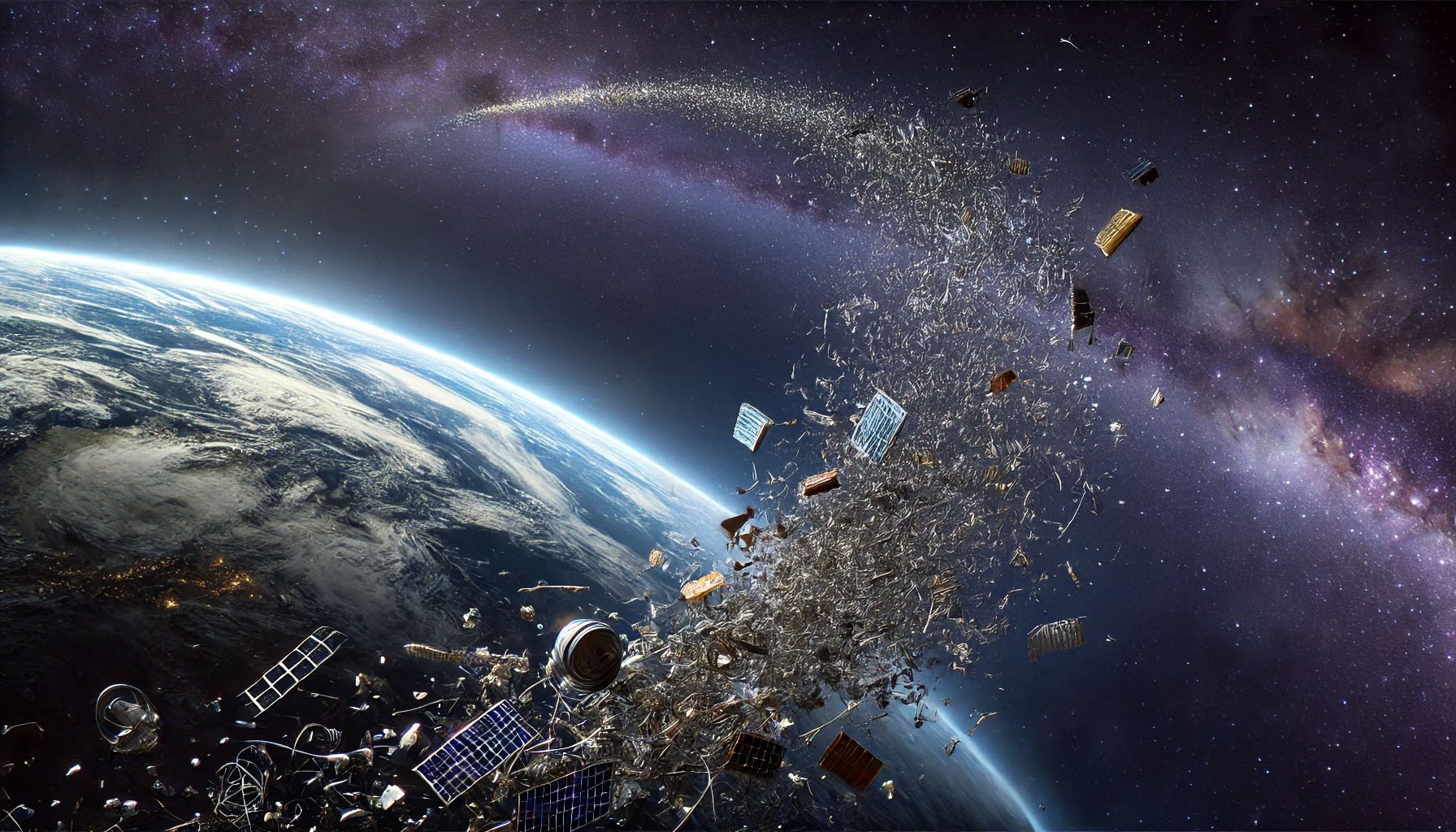
The Growing Threat of Space Debris
As space becomes increasingly crowded with satellites, rockets, and other objects, a hidden danger is accelerating: space debris. Millions of pieces of abandoned satellites, spent rocket stages, and fragmented spacecraft now orbit our planet. These debris pieces range from small bolts to massive defunct satellites, each posing a serious threat to active missions.
The impact of space debris on the space industry is profound. In the past year alone, several collisions in space have taken place, forcing astronauts on the International Space Station to seek shelter. As these incidents increase, we move closer to the nightmare scenario of Kessler Syndrome, where cascading collisions create an impenetrable shell of debris around Earth. This would cripple the space industry and potentially make space inaccessible for generations.
If space debris continues to accumulate unchecked, the consequences for human civilization are severe. GPS systems could fail, communications networks could be destroyed, and our reliance on space-based technology for everyday life—from banking to global navigation—could be disrupted. The ability to launch new satellites or engage in human spaceflight would become impossible.
We have the technology to fix this. The same systems designed for planetary defense can be applied to address the space debris crisis. With the right investment, we can build fleets of robotic spacecraft capable of removing or redirecting debris, safeguarding our future in space and protecting the critical infrastructure we rely on here on Earth. The time to act is now—before space itself becomes a no-go zone.
Spirit Bird supports and invests in commercial and government programs that can address space debris and dramatically lower the cost to maintain a sustainable and clean orbital environment for our Planet.. The European Space Agency invested in the first mission at a cost of almost $100 million to deorbit a single piece of space debris. This is woefully inadequate and unsustainable. This problem must be met with bold new ideas and fleets of reliable and reusable robotic trash vehicles.


